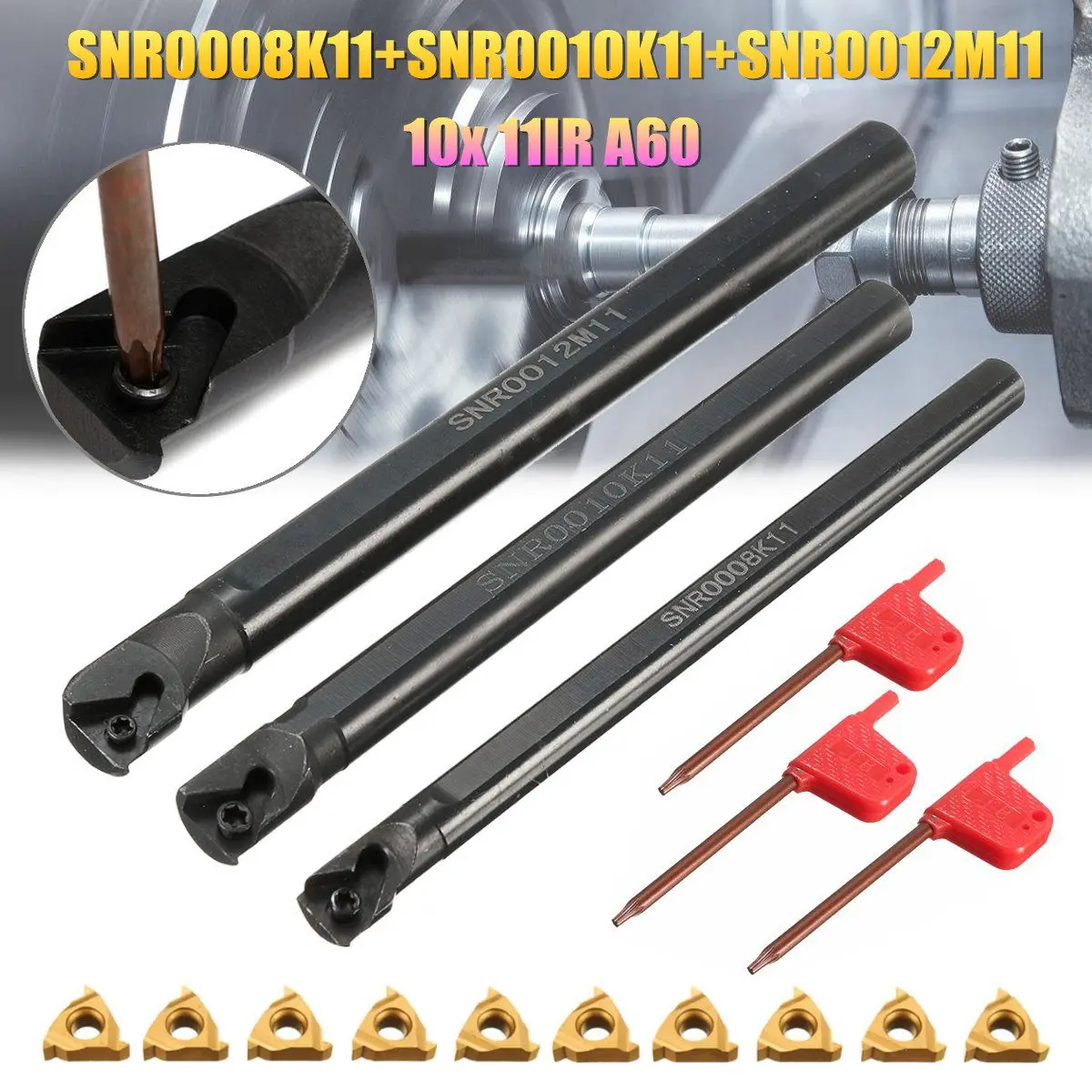- Joined
- Jan 31, 2016
- Messages
- 11,642
 Easiest machines to run and program were the Leblond Makino slant lathes . Conversational programming was a snap . I wish I still had the use of one , I would get rid of everything else .
Easiest machines to run and program were the Leblond Makino slant lathes . Conversational programming was a snap . I wish I still had the use of one , I would get rid of everything else .  Easiest machines to run and program were the Leblond Makino slant lathes . Conversational programming was a snap . I wish I still had the use of one , I would get rid of everything else .
Easiest machines to run and program were the Leblond Makino slant lathes . Conversational programming was a snap . I wish I still had the use of one , I would get rid of everything else . Easiest machines to run and program were the Leblond Makino slant lathes . Conversational programming was a snap . I wish I still had the use of one , I would get rid of everything else .


M03 is clockwise rotation, M04 is counter-clockwise. That'd be about as exciting as not putting the lathe in back gear when firing up the motor with the half nut already engaged. Ask me how I know (thank goodness for a foot brake . . .).Wudda wudda wuh? I'm still CNC illiterate.
...
I made a boring bar for threading but it keeps flexing. The hole is 1" deep.
^^^^^
...

If you have the time, order a set of bars with inserts. For $20 with free shipping you can't go wrong.

37.28US $ |New 3 Set SNR0008K11+SNR0010K11+SNR0012M11 Lathe Boring Bar Stainless Steel 3Pcs wrench+ 10x 11IR A60 Insert Wrench|Turning Tool| - AliExpress
Smarter Shopping, Better Living! Aliexpress.comwww.aliexpress.com
Yes, I bought a set and they do the job.


